Books set in Barcelona
Barcelona Through Its Writers, Stories, and Literary Landmarks
Barcelona has long been a city of words, inspiring writers, poets, and storytellers to capture its character in literature. From novels and poetry to essays and plays, the city’s streets and history have shaped the works of its most notable literary figures. The Gothic Quarter’s narrow streets and the distinct architecture of Eixample provide a backdrop that has influenced both fiction and nonfiction alike.
Whether you’re interested in the works of Carlos Ruiz Zafón, curious about Hemingway’s time in the city, or drawn to the landmarks connected to Barcelona’s literary history, this guide offers a route through its many layers of words and stories. Explore the voices, works, and locations that make Barcelona a city steeped in the power of books.
Barcelona ficti
Ildefonso Falcones
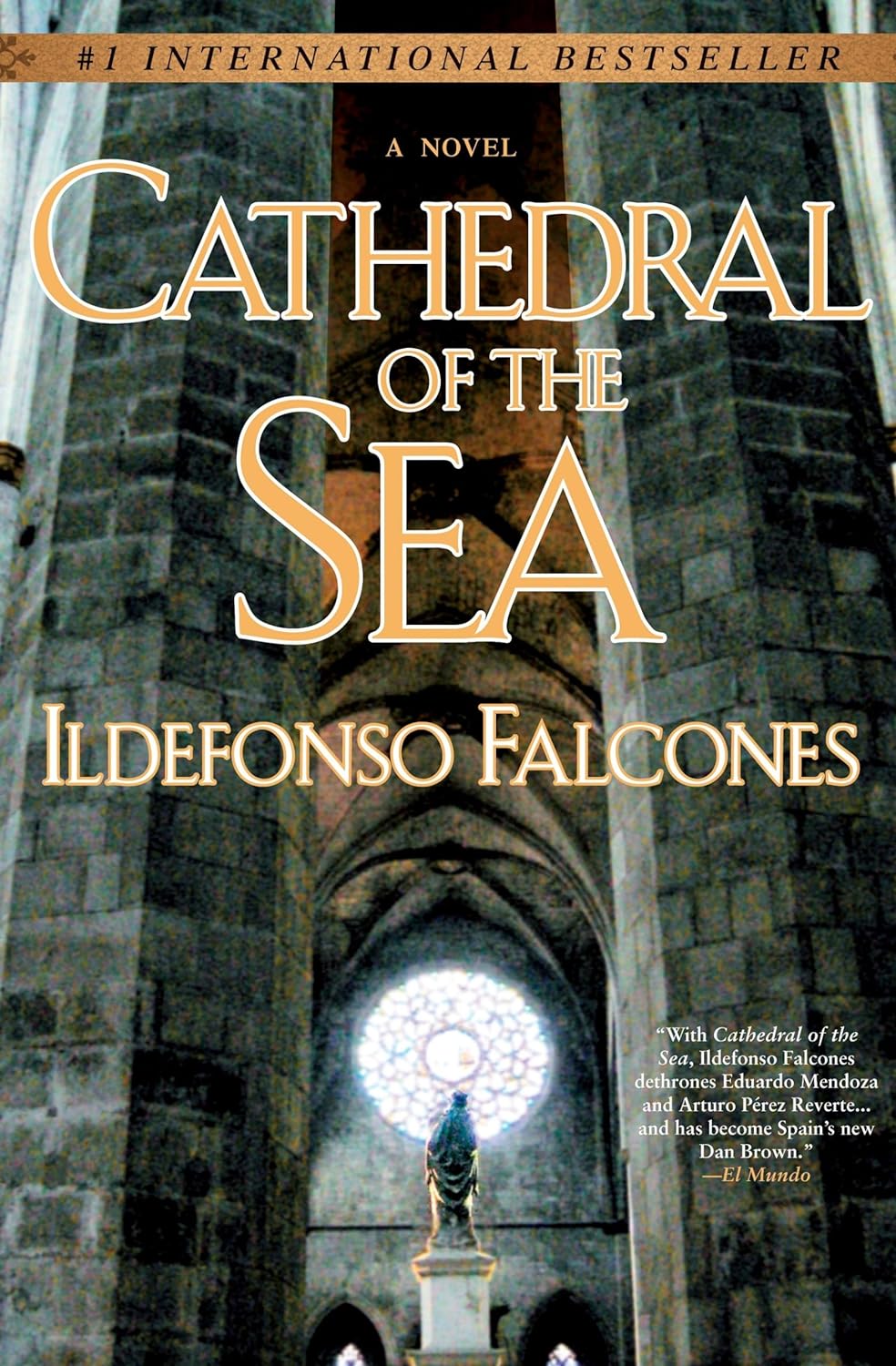
The Cathedral of the Sea

Eduardo Mendoza
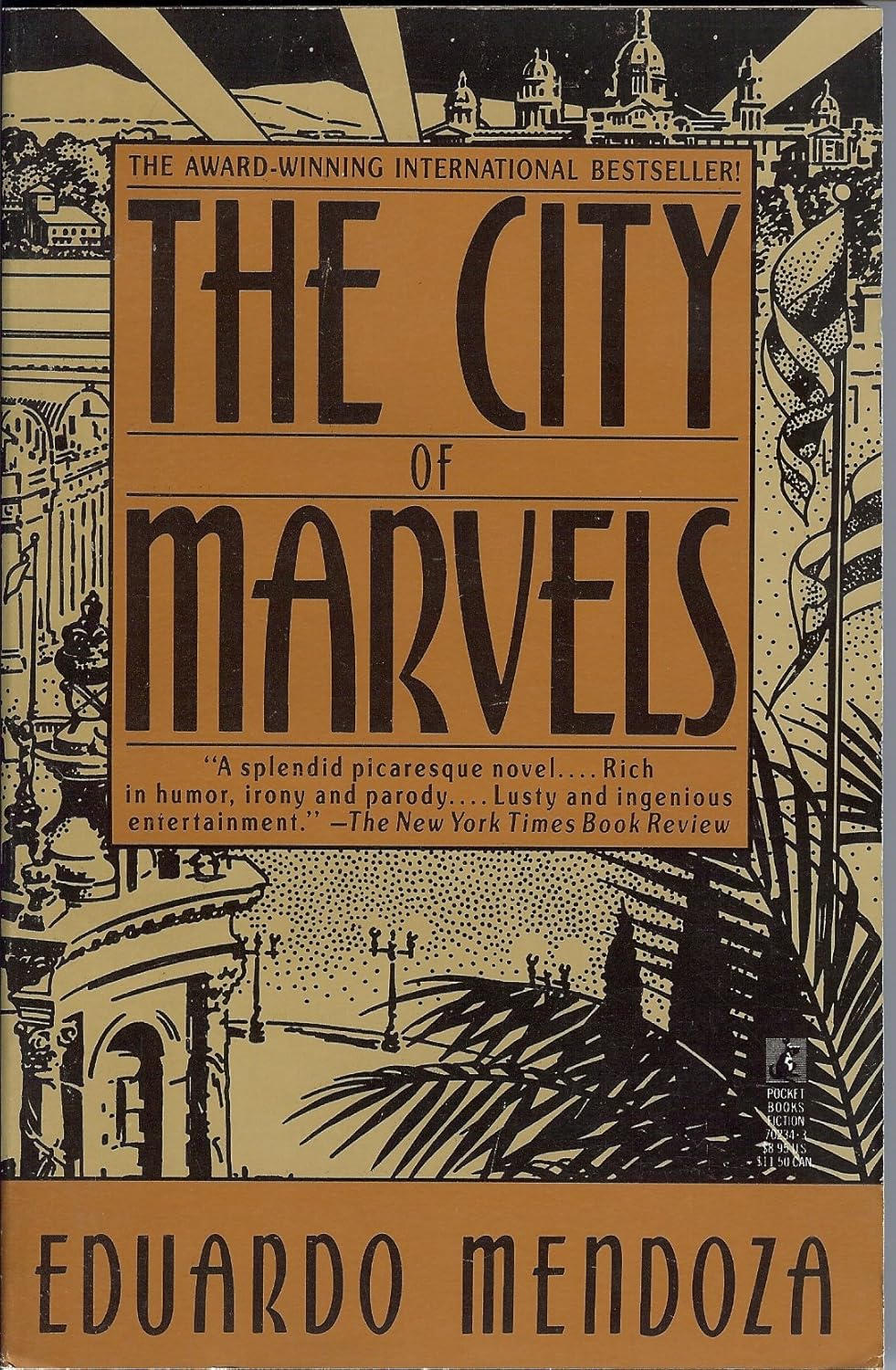
City of Marvels

Mercè Rodoreda
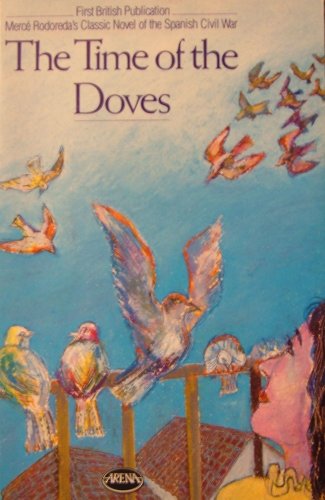
The Time of the Doves

Carlos Ruiz Zafón
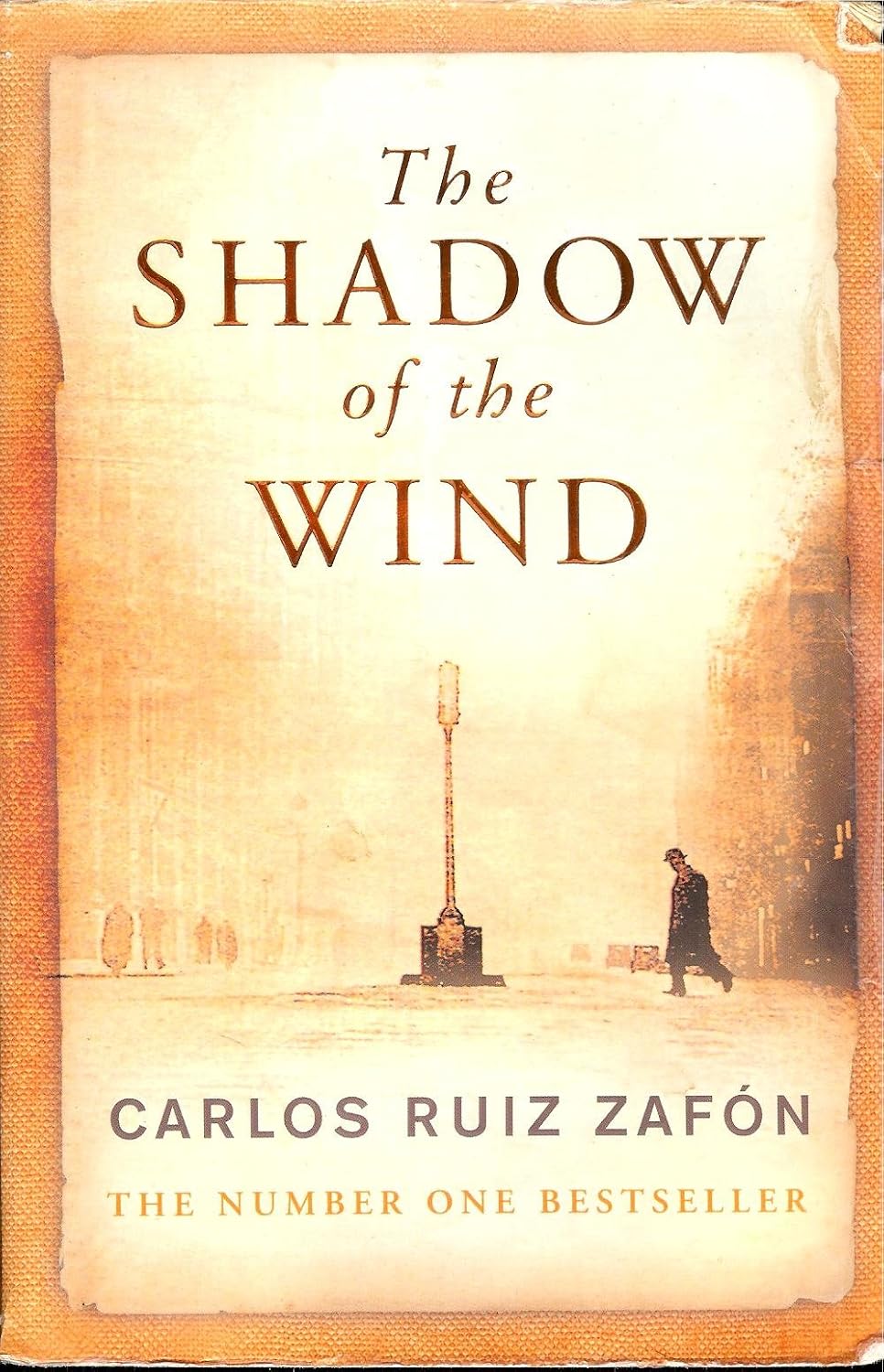
The Shadow of the Wind

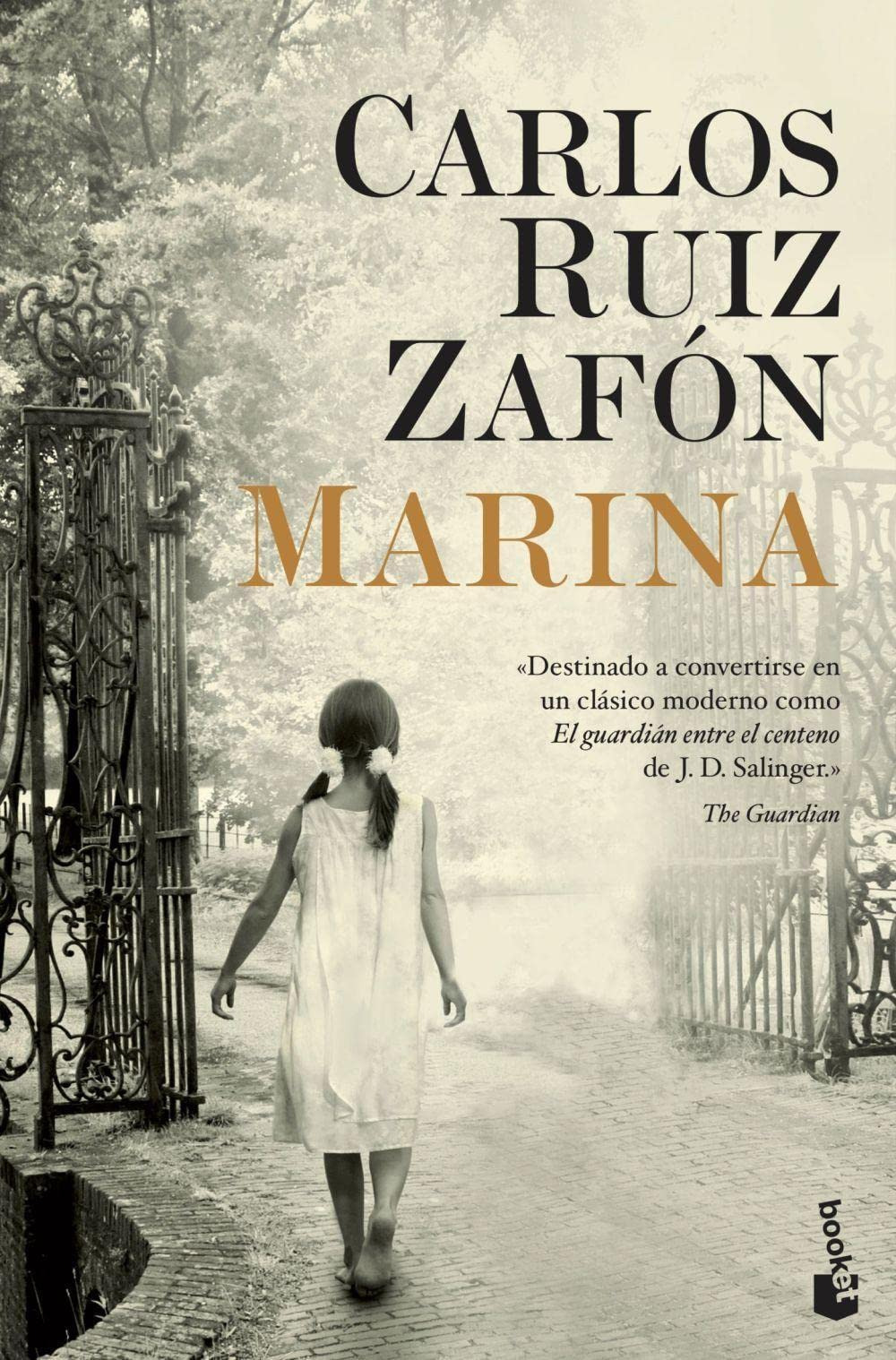
Marina


The Angel’s Game

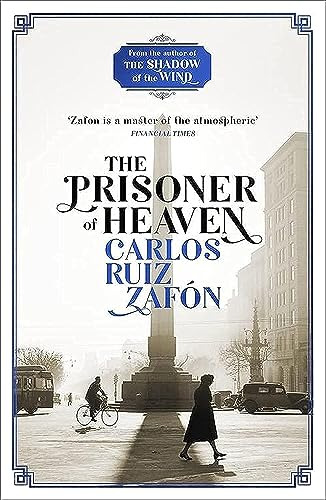
The Prisoner of Heaven

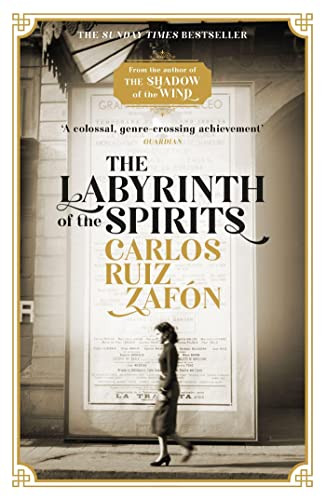
The Labyrinth of the Spirits

Pablo Tusset
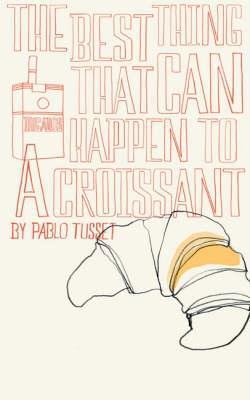
The Best Thing That Can Happen to a Croissant

Rupert Thomson

Barcelona Dreaming

Becky Blake

Proof I Was Here

Julián Sánchez
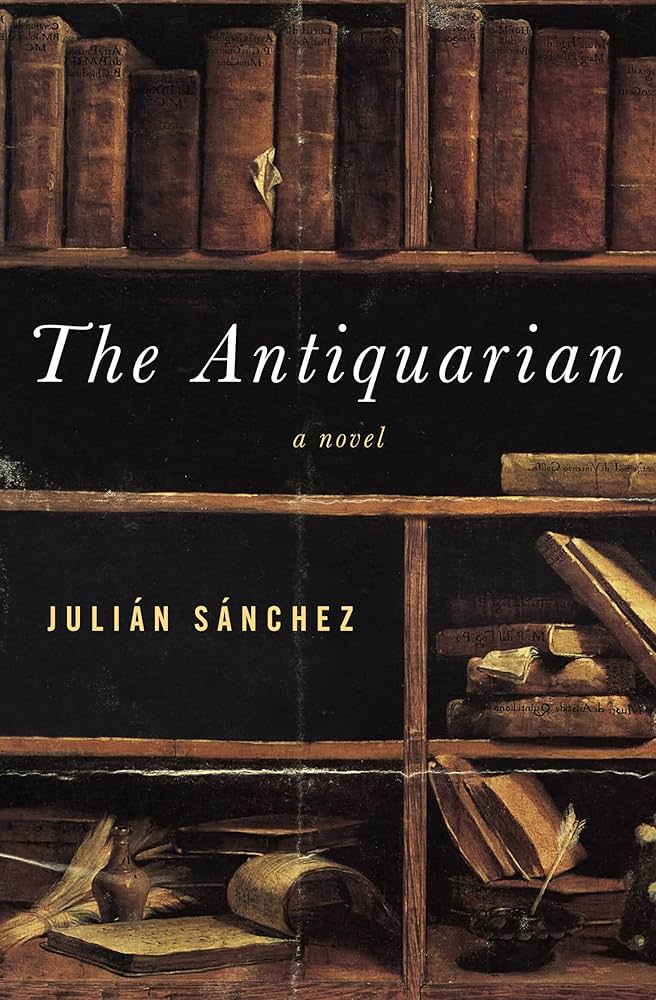
The Antiquarian

This project is growing steadily, starting with curated reading lists and gradually expanding to include literary locations in each featured city.
The long-term goal is to read the books, visit the locations they evoke, and share reviews alongside photos and insights. At the moment, it’s a solo effort built around full-time work — so updates may take time.
If you have suggestions to contribute, or would like to share a review based on how well a book helped you explore a place through literature, feel free to get in touch here.
Barcelona Book Reviews
The Shadow of the Wind
Carlos Ruiz Zafón

Carlos Ruiz Zafón’s The Shadow of the Wind invites readers into a labyrinthine tale of love, loss, and literary intrigue set in the moody streets of post-war Barcelona. Published in 2001, the novel cemented Zafón’s reputation as a storyteller of rare skill, earning widespread acclaim and selling over 15 million copies worldwide.
The story begins when young Daniel discovers a forgotten book in the Cemetery of Forgotten Books, a clandestine library hidden in the heart of the city. The novel’s enigmatic author, Julián Carax, has long been shrouded in mystery, and Daniel’s curiosity soon draws him into a web of secrets spanning decades. As Daniel uncovers Carax’s tragic past, he realises their lives reflect each other in unnerving ways, forcing him to confront his own choices and their consequences.
Barcelona is not merely a setting but an essential part of the story, its winding alleys, shadowed squares, and gothic façades providing a stage for the novel’s tension and beauty. Zafón evokes a city that is at once elegant and foreboding, with the melancholy air of a place still recovering from its own scars. The Shadow of the Wind captures the power of literature to shape lives, offering a rich, atmospheric journey for those who love stories about the magic—and danger—of books.
The Cathedral of the Sea
Ildefonso Falcones

Ildefonso Falcones, a lawyer and author from Barcelona, burst onto the literary scene with The Cathedral of the Sea, published in 2006. Set in 14th-century Barcelona. Set in 14th-century Barcelona, The Cathedral of the Sea focuses on the construction of the Santa María del Mar basilica, a Gothic church built with stone from the Montjuïc quarry. The church, which still stands today as one of Barcelona’s landmarks, serves as both the backdrop and symbol for the struggles and triumphs of its characters.
The story follows Arnau Estanyol, the son of a fugitive peasant, who begins his journey as a porter carrying stones for the basilica. Through determination, Arnau rises from the lowest rungs of society to become a nobleman, his life reflecting the turmoil and aspirations of the medieval city. Falcones portrays 14th-century Barcelona with care, immersing readers in its traditions, commerce, and rigid social structures. The novel delves into themes of war, love, treason, plague, anti-Semitism, and the Spanish Inquisition, offering a narrative that captures the resilience of both its characters and the city.
While both are architectural marvels, the Santa María del Mar should not be confused with Gaudí’s Sagrada Familia—this Gothic basilica predates Gaudí by centuries and occupies its own place in Barcelona’s history.
Barcelona
Colm Tóibín
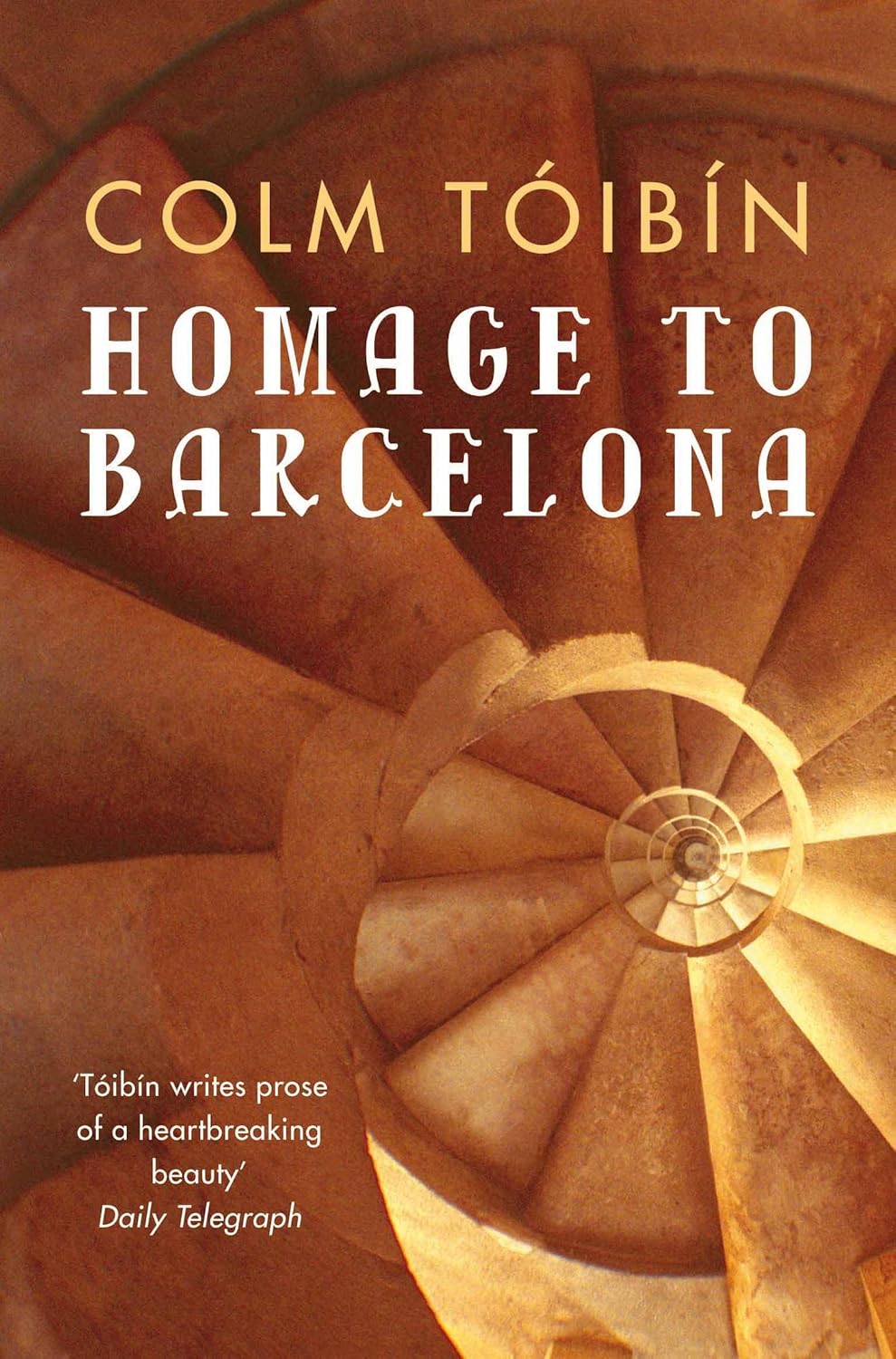
Colm Tóibín’s Homage to Barcelona is a deeply personal exploration of one of Europe’s most beguiling cities. In just over two hundred pages, Tóibín manages to capture the essence of Barcelona and its surrounding region, reflecting on its struggles and triumphs through a lens that blends history, art, and politics. The result is a book that is both evocative and idiosyncratic, filled with vivid details that reveal Tóibín’s keen eye and deep affection for the city.
Drawing on his own experiences of living in Barcelona, Tóibín combines memoir with an incisive historical narrative. His chapters traverse the city’s iconic neighbourhoods, from the labyrinthine streets of the Gothic Quarter to the modernist avenues of the Eixample. Along the way, he introduces readers to the lives and works of artists like Picasso, Miró, and Casals, situating their stories within Barcelona’s complex political and social history. His fluency in Catalan and Castilian allows him to engage directly with locals and delve into the nuances of Catalan nationalism, a theme that underpins much of the city’s identity.
What makes Homage to Barcelona so compelling is Tóibín’s ability to balance his intellectual depth with a storyteller’s instinct. While some readers may find his approach unconventional, his prose is consistently engaging, offering a layered and often poignant portrait of Barcelona. This is not merely a guidebook or a history text—it’s an invitation to see the city through the eyes of someone who knows it intimately.
For those planning a visit, Homage to Barcelona serves as an insightful companion, bringing context and depth to the city’s landmarks and culture. And for those who aren’t, Tóibín’s lyrical and deeply empathetic writing may just inspire a journey to experience the city firsthand.
Origin
Dan Brown
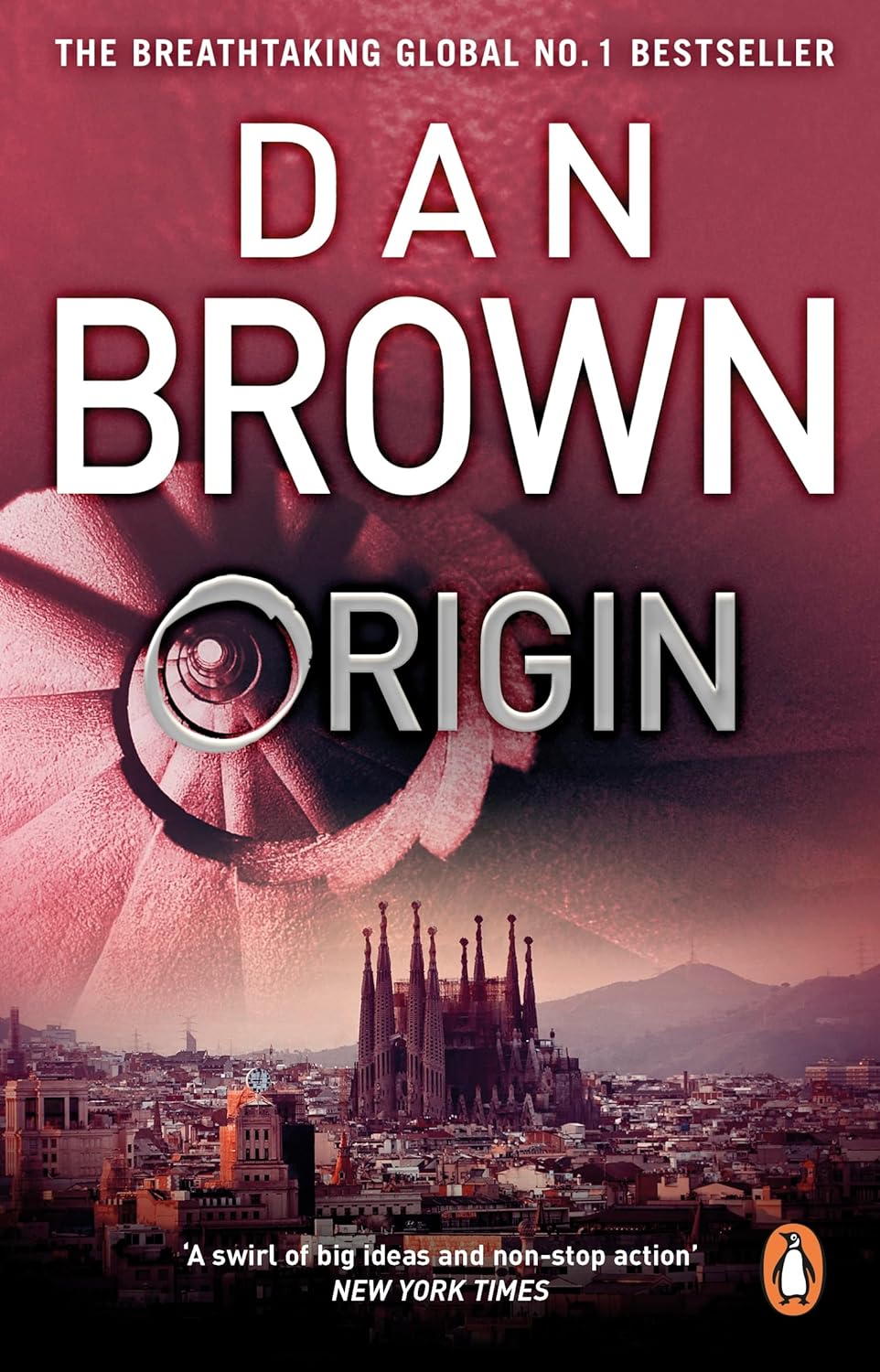
Dan Brown’s Origin takes readers on a journey through some of Spain’s most significant cities, including Bilbao, Madrid, Seville, and Barcelona. In Barcelona, the novel mostly uses the bigger known landmarks, whilst providing a compelling backdrop for key moments in the story, it doesn’t give us much to get off the beaten track.
Montserrat Monastery, a Benedictine abbey situated on the Montserrat mountain, known for its spiritual significance and unique geography, plays a critical role in setting the tone for the events that follow. Within the city itself, Antoni Gaudí’s work becomes a recurring motif. Park Güell, with its distinct design and views of Barcelona, features prominently, grounding the story in the city’s artistic heritage.
Casa Milà, also known as La Pedrera, serves as another key location. Its innovative architectural features, including the undulating facade and unconventional interiors, reflect the themes of creativity and discovery central to the novel. Of course, Sagrada Família, Gaudí’s iconic yet unfinished basilica features in the novel. This monumental site, with its towering spires and rich symbolism, provides a fitting stage for the story’s resolution, blending the spiritual and the modern in a manner consistent with the book’s themes.
Homage to Catalonia
George Orwell
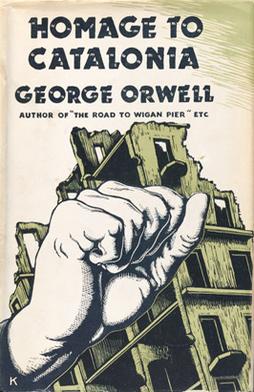
Orwell’s account of his experiences during the Spanish Civil War provides vivid descriptions of Barcelona in 1936 and 1937, focusing on its political and social revolution rather than detailed depictions of its physical surroundings (though they do feature). He captures the city’s transformation under revolutionary control, describing the initial collectivisation of industries and the egalitarian atmosphere, as well as the intensifying political tensions and eventual repression as Communist influence grew. His observations offer compelling insight into the ideological conflicts and shifting dynamics of the period.
Barcelona Bookish place to visit
Bar Marsella
Carrer de Sant Pau, 65, Ciutat Vella

Bar Marsella can be found tucked away in the lively Raval neighborhood, and is the quintessential place to visit for any bibliophile. Known for its signature absinthe, this historic bar exudes a unique charm with its vintage decor and dim lighting, instantly transporting you to another era. Many writers and artists frequented this establishment, including the likes of Hemingway and Picasso. The moment I stepped inside, I was enveloped by an atmosphere thick with history and literary inspiration.
Having already spent time with the Green Fairy at this bar before, I just had a beer on this recent visit. The bar is said to have changed very little over the last century, and over the last 15 years that I have visited it hasn’t changed a jot. The walls are adorned with old photographs and quirky memorabilia, each piece whispering stories of the bar’s storied past. As I soaked in the ambiance, I couldn’t help but imagine the lively discussions about literature and art that must have taken place here.
Plaça de George Orwell
Plaça de George Orwell
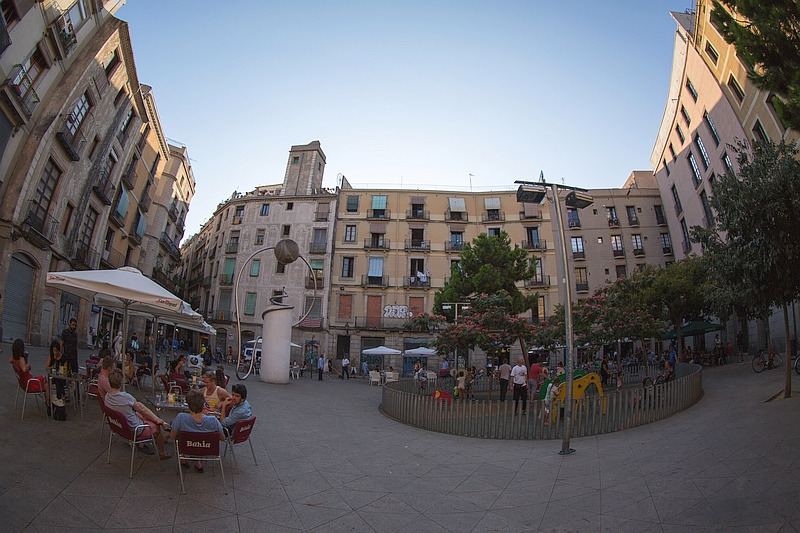
In recognition of Orwell’s connection to the city, Barcelona named a square in the Gothic Quarter, Plaça de George Orwell, in his honour. An oft-repeated claim online suggests an ironic connection between Orwell’s exploration of surveillance in 1984 and the square, as it is said to have been among the first public spaces in Barcelona equipped with 24-hour CCTV surveillance. I always visit this space (technically more triangular than square) when I am in Barcelona. It is just far enough from La Rambla to often attract locals who gather in the outdoor seating of the bars lining its edges. The square features a small play park, a distinctive monument in a surrealist style, and Bar Oviso offers a nice selection of beers and light bites to be enjoyed amongst the dappled sunlight of Mimosa trees.
Additionally, in May 2024, a commemorative plaque was unveiled at the Reial Acadèmia de Ciències i Arts de Barcelona (RACAB) to honour Orwell’s contributions and his time in the city. The plaque bears an inscription that translates to: “”In this building, George Orwell experienced the events of May 1937, which he recounted in ‘Homage to Catalonia’.””
Monumento al libro
Gran Via de les Corts Catalanes

The Monumento al Libro is a tribute to literature, situated at the intersection of Gran Via de les Corts Catalanes and Passeig de Gràcia in Barcelona. Created in 1994 by artist Joan Brossa, the sculpture is designed as a visual poem, depicting a half-open book. Symbolising resilience, it represents a “”tentetieso,”” a book that remains upright despite critical challenges. Since 1997, the Old Booksellers’ Guild has annually honoured a Catalan writer by placing a commemorative plaque at the monument’s base during the Fair, adding a layer of recognition to this literary homage.
El Petó de la Mort (The Kiss of Death)
Carrer de Carmen Amaya, 69, Sant Martí
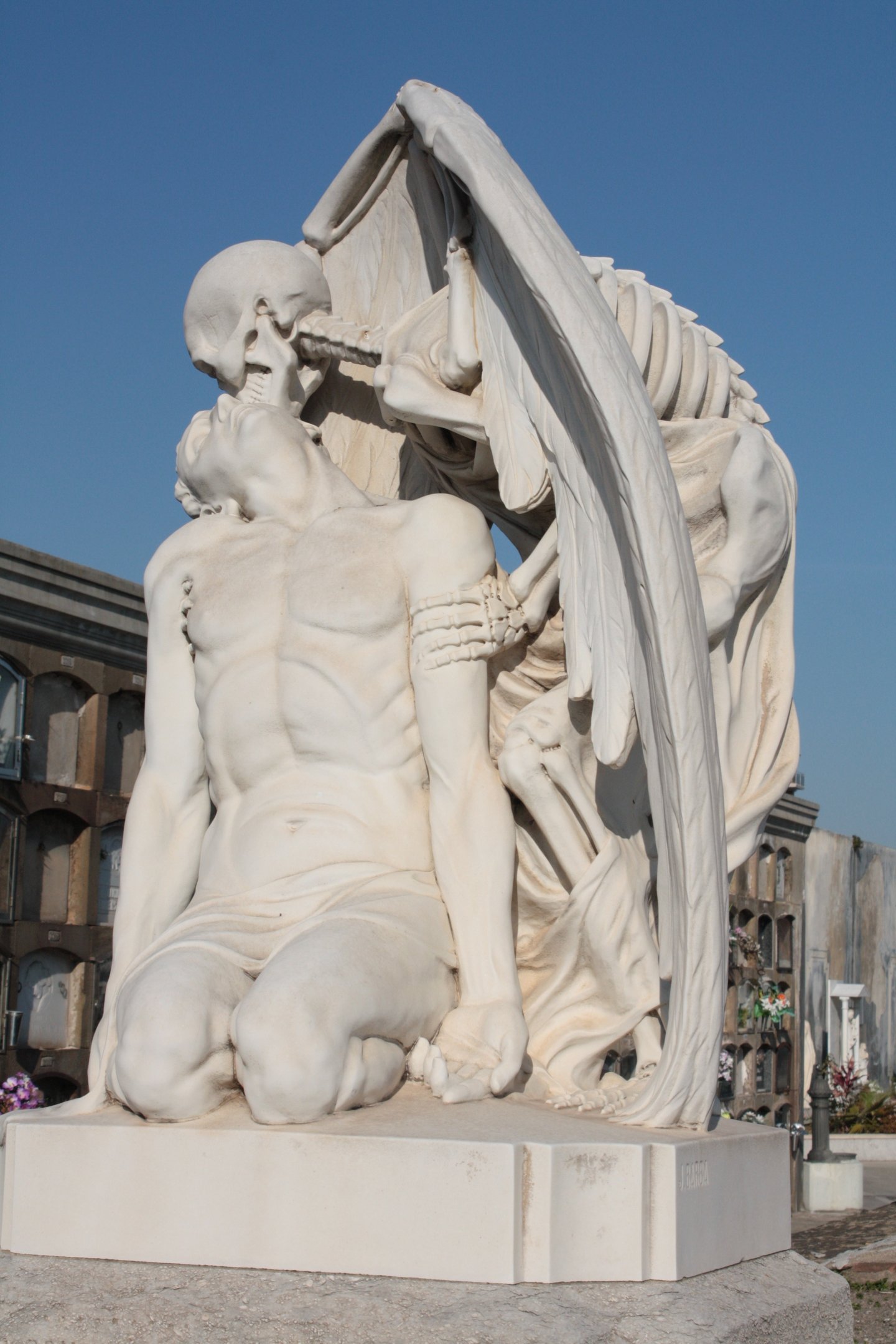
Nestled within the haunting beauty of the 18th-century Poblenou Cemetery in Barcelona, El Petó de la Mort (The Kiss of Death) is a truly iconic sculpture that commemorates one man’s grave. Created in 1930, this remarkable piece is not only a testament to fine carving but also showcases the sculptor’s skill in rendering texture.
The sculpture depicts a winged skeleton gently embracing a dying man, laying a tender kiss on his cheek. This poignant imagery perfectly embodies the concept of memento mori—an artistic tradition that invites us to remember our mortality and embrace the idea of the soul’s immortality rather than fearing death.
El Petó de la Mort is a modern masterpiece that follows the classical tradition of sculpture, beautifully merging the themes of life, death, and the afterlife. The tomb of textile manufacturer Josep Llaudet Soler, which bears a heartfelt inscription by celebrated Catalan poet Jacinto Verdaguer, adds another layer of depth to this moving tribute. The epitaph reads: “His young heart is thus extinguished. The blood in his veins grows cold. And all strength has gone. Faith has been extolled by his fall into the arms of death. Amen.”
Biblioteca Nacional de Catalunya
Carrer de l’Hospital, 56, Ciutat Vella
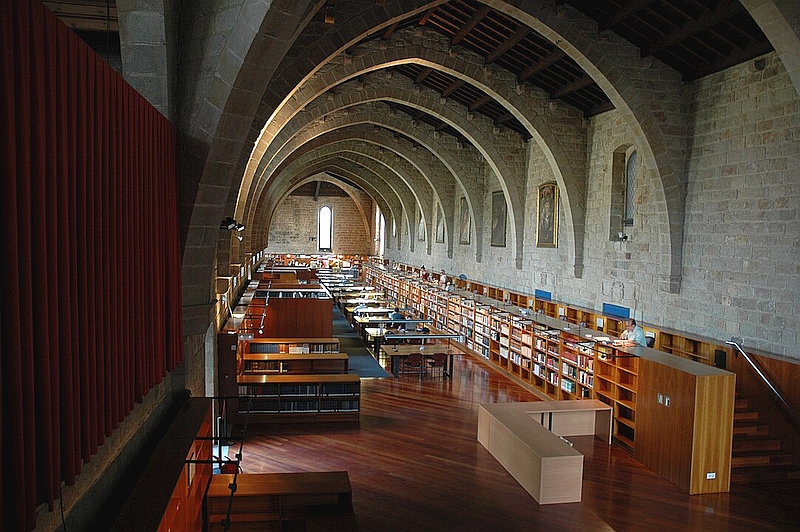
The Biblioteca Nacional de Catalunya is truly an incomparable gem in Barcelona. Housed in the stunning former Hospital de la Santa Creu, which dates back to 1401, the library showcases extraordinary civil Gothic architecture that is a feast for the eyes.Whether you’re a literature enthusiast or simply appreciate stunning architecture, this library is a must-see. Don’t miss the chance to immerse yourself in its beauty and history!
Mercat Dominical de Sant Antoni
Carrer del Comte d’Urgell, 1, L’Eixample
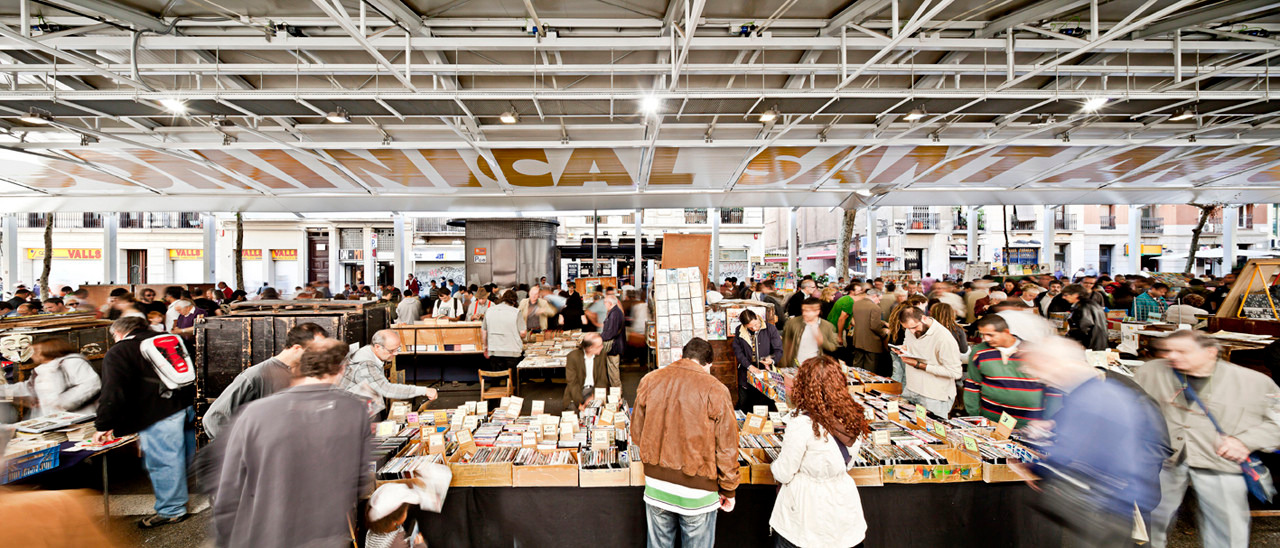
The Mercat Dominical de Sant Antoni is a must-visit for anyone in Barcelona, especially book lovers. This vibrant Sunday market has been a staple for over a century, showcasing a plethora of second-hand books alongside vintage finds and local crafts.
Set in the beautifully restored Mercat de Sant Antoni building, the atmosphere is electric as locals and visitors explore the lively stalls. It’s a fantastic opportunity to immerse yourself in the trendy Sant Antoni neighborhood while hunting for hidden gems among the impressive selection of books.
